Batavia, New York
I bear no ill will against golfers — I triple-bogey easy holes and miss gimme putts with the worst of them — but President Trump’s demand that we eliminate Daylight Saving Time (DST) is a double eagle out of the blue, especially as Trump had earlier advocated a move to year-round DST. Although Benjamin Franklin is often credited as its progenitor, the real father of Daylight Saving Time, according to Michael Downing, author of Spring Forward, was the golfing British architect William Willett, who deplored “the waste of daylight.” The British Royal Astronomer dismissed Willett’s idea with the counterproposal that “between the months of October and March the thermometer should be put up ten degrees.”
Like so many intrusions upon our liberties, from income-tax withholding to the PATRIOT Act, Daylight Saving Time was introduced to America by war.
After ramrodding the US into his War to End All Wars, fanatical golfer Woodrow Wilson pushed Daylight Saving Time upon his countrymen, ostensibly to conserve coal. On May 31, 1918, American clocks were jerked an hour ahead. Noon no longer had an astronomical basis; rather, it was noon because the government said it was.
Informed that farmers objected to his scheme — lactating cows do not consult man’s clock — the smug old prune in the White House replied that the farmer’s “life and methods are more easily adjusted, I venture to think, than are those of the manufacturer and the merchant.” Echoing the German enemy, Wilson sternly declared, “The immediate and pressing need of the country is production, increased and increasing production, in all lines of industry.”
(Industry had been calling the horological shots since November 18, 1883, “the day of two noons,” when at the request of the railroad industry municipalities across America synchronized their clocks to standard time, for the deeply particularistic “local time” had proven damned inconvenient for rail schedulers. Gotta make the trains run on time…)
Congress repealed DST in 1919, but the linksters kept at it, pursuing later sunsets in what an Illinois congressman called “a contest between the golf stick and the hoe.” Another congressional skeptic, a Minnesotan, called time-changing the “pet of the professional class, the semileisure class, the man of the golf club and the amateur gardener, the sojourner at the summer resort.”
Golf, wrote Timothy O’Malley, author of Keeping Watch: A History of American Time, “symbolized the utter decadence that underlay the daylight saving movement.” Populists, farmers, small-town Republicans — people who don’t matter — composed the heart of the anti-DST forces. When the United Mine Workers came out against the measure, the haughty president of the New York Daylight Saving Association harrumphed, “I wonder why, for they work underground. I should not think getting up an hour earlier could possibly make any difference to them.”
The reliably obtuse New York Times editorialized, “Nobody is opposed to it except possibly a few people who are opposed on principle to any alteration of established habits.”
Well, that settles that!
War again came to the rescue of DST in the 1940s — President Roosevelt called it “war time” — but in peacetime the old America reasserted itself, leaving clocksetting legislation to states and localities. Only eighteen went all-in on DST, and wonderfully contrarian North Dakota and Texas observed reverse DST, winding their clocks back an hour.
As automobile exhaust perfumed the fruited plains, a new partisan entered the debate on the anti-DST side: drive-in theater owners, who preferred the earlier sunset, so that families packed into station wagons and teenaged make-out artists could get down to business sooner.
The federalist “let a thousand clocks chime” arrangement did not last. Nationalizers forced through the Uniform Time Act of 1966. (Any measure beginning with the U-word is invariably nefarious.) The act did permit states to opt out, and Arizona and Hawaii still go their own way.
Since President Trump’s worst new idea is to make Canada the fifty-first state, we might ask a Son of the Maple Leaf for his opinion. In The Diary of Samuel Marchbanks (1947), author Robertson Davies’s titular alter ego grumbles, “I object to being told that I am saving daylight when I am doing nothing of the kind. I even object to the implication that I am wasting something valuable if I stay in bed after the sun has risen. As an admirer of moonlight I resent the bossy insistence of those who want to reduce my time for enjoying it.”
Perhaps a compromise is in order between the stayabeds and the sundown-delaying golfers. It’s called voluntary Daylight Saving Time. You can wake up earlier or stay up later or do whatever the hell you want. The sun don’t care, and neither do I.
This article was originally published in The Spectator’s March 2025 World edition.












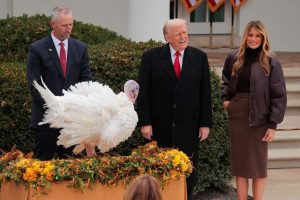

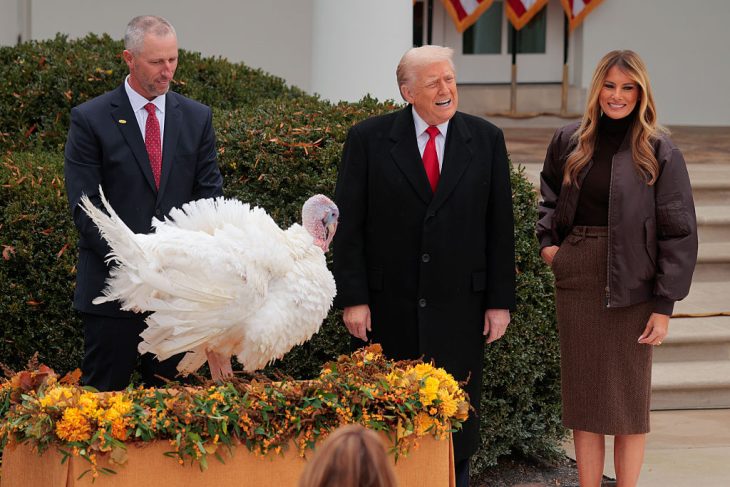

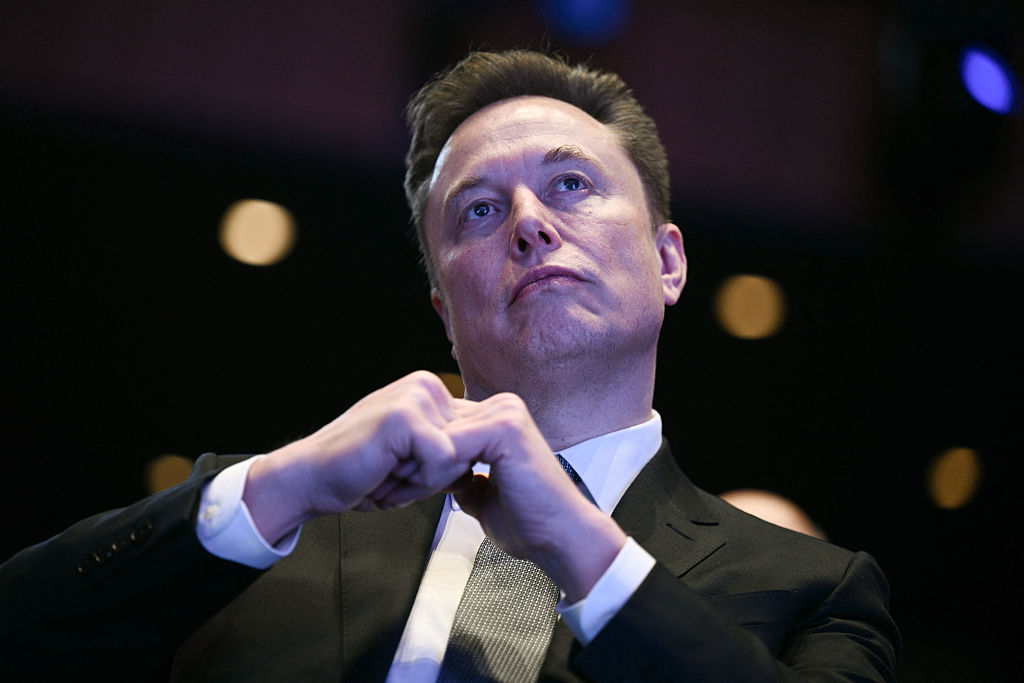
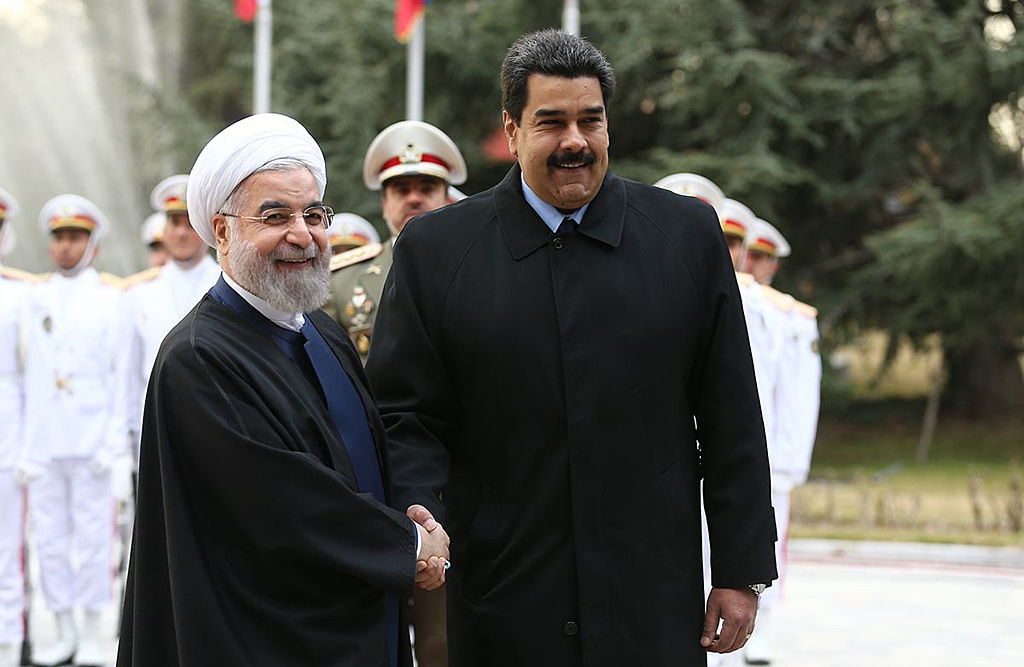
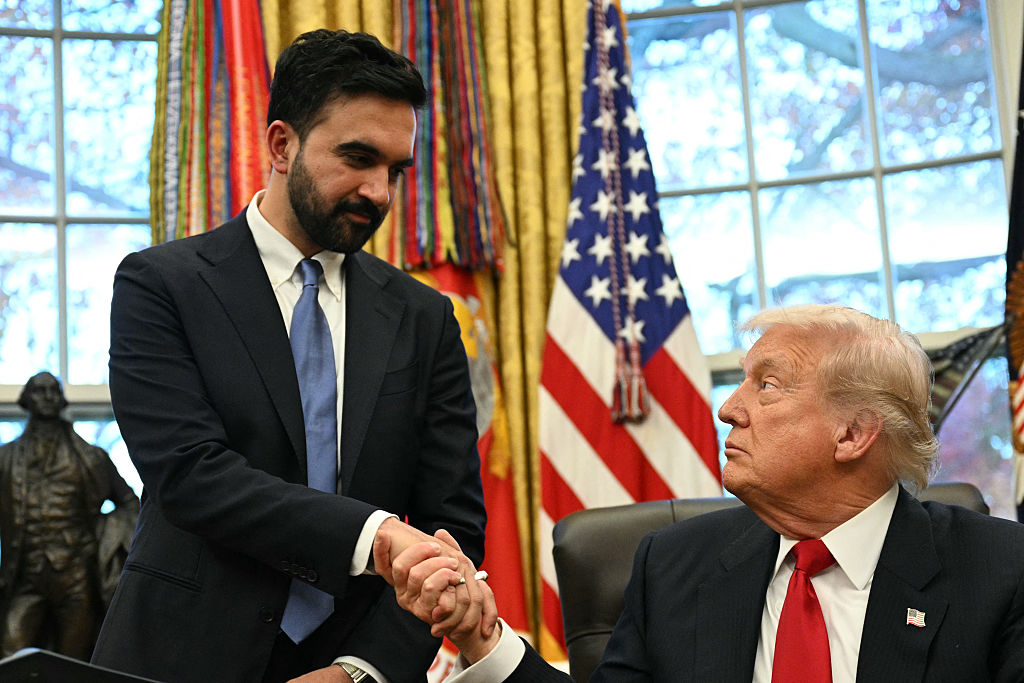

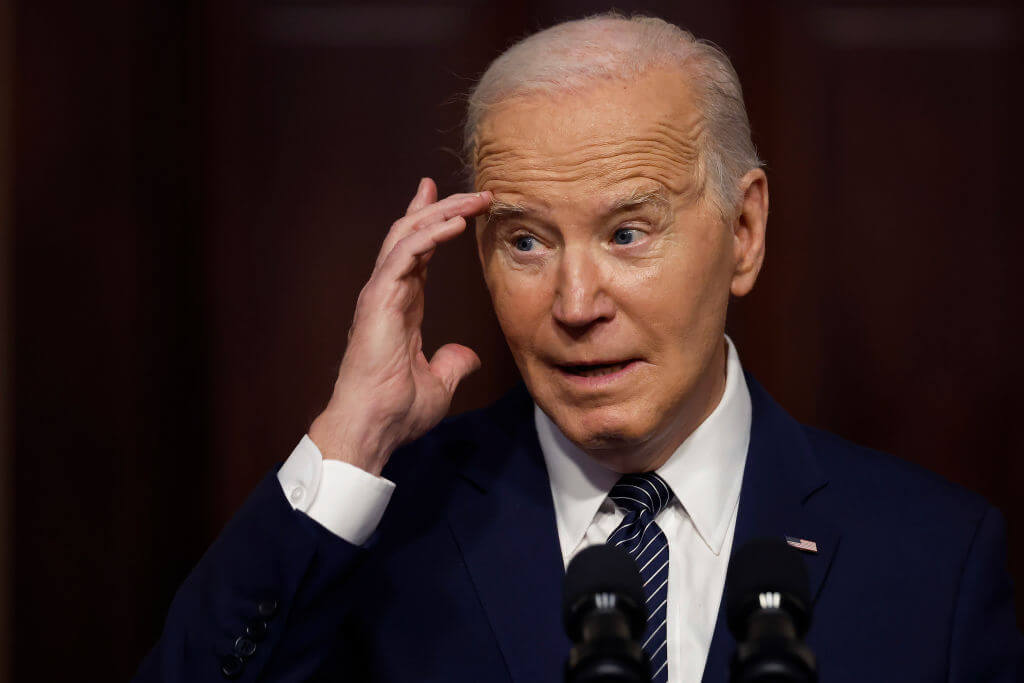



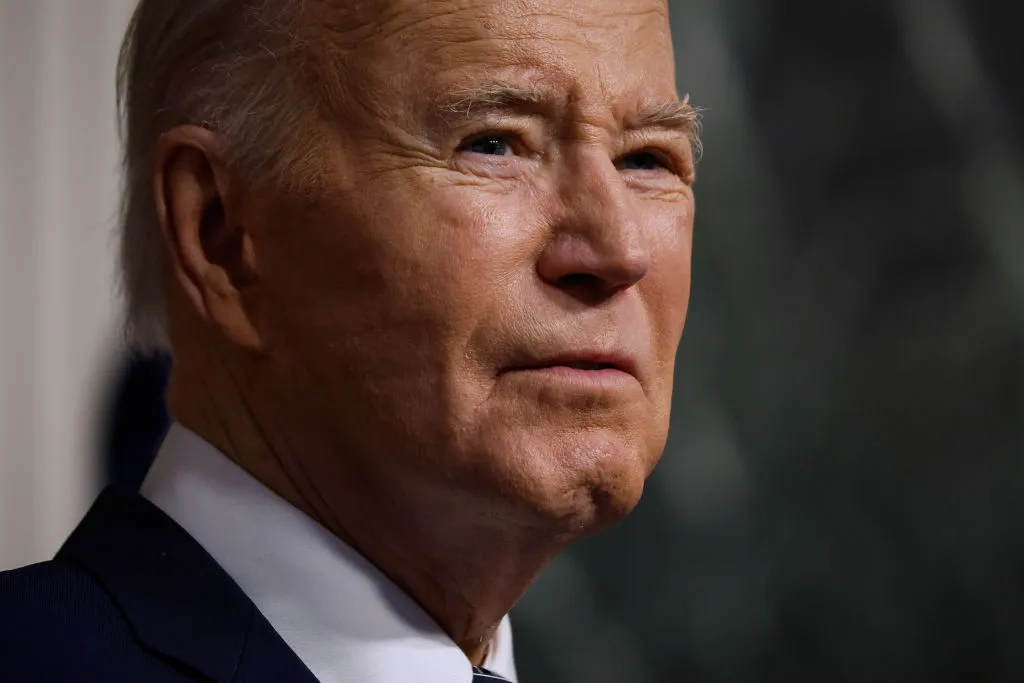

Leave a Reply